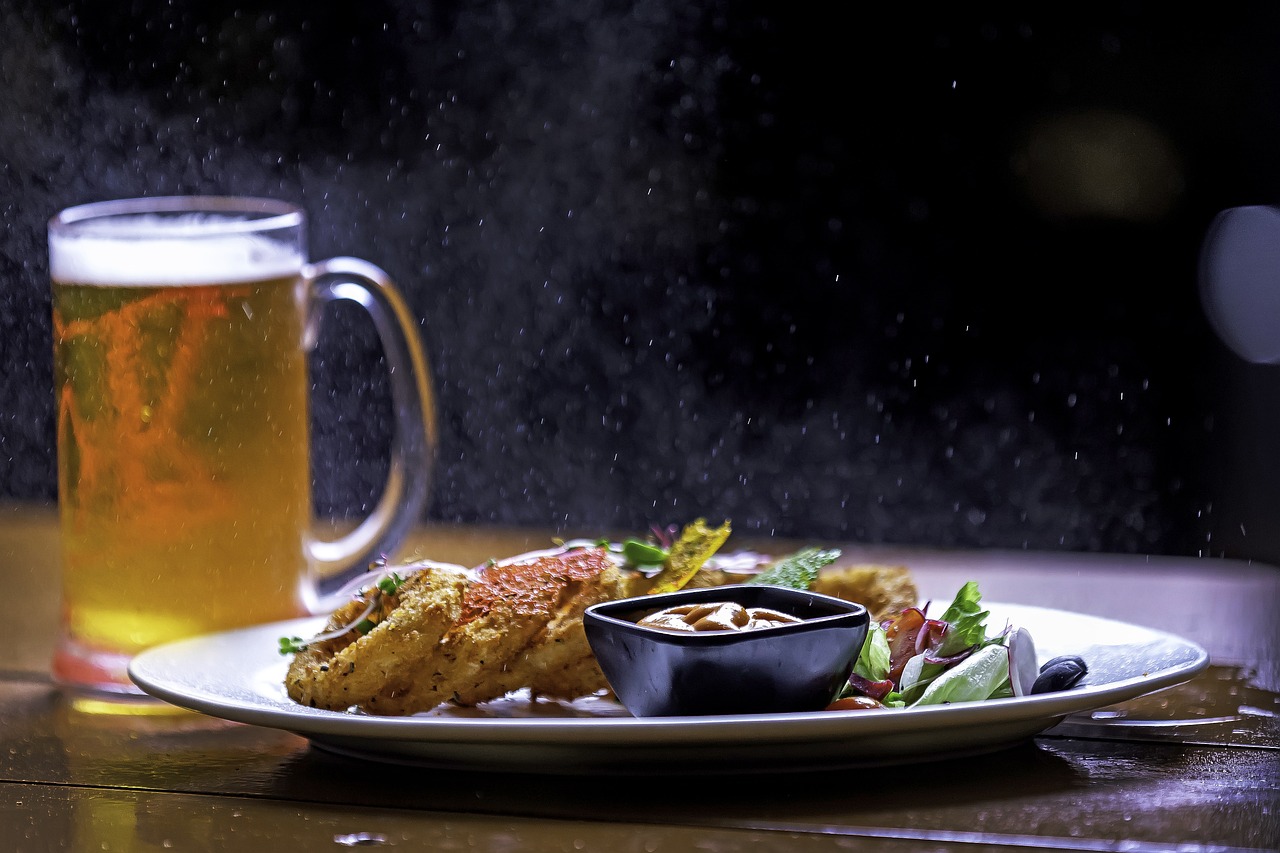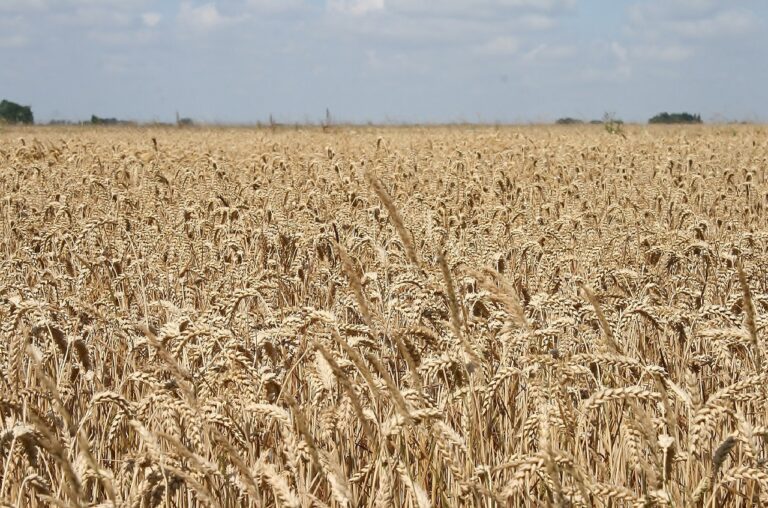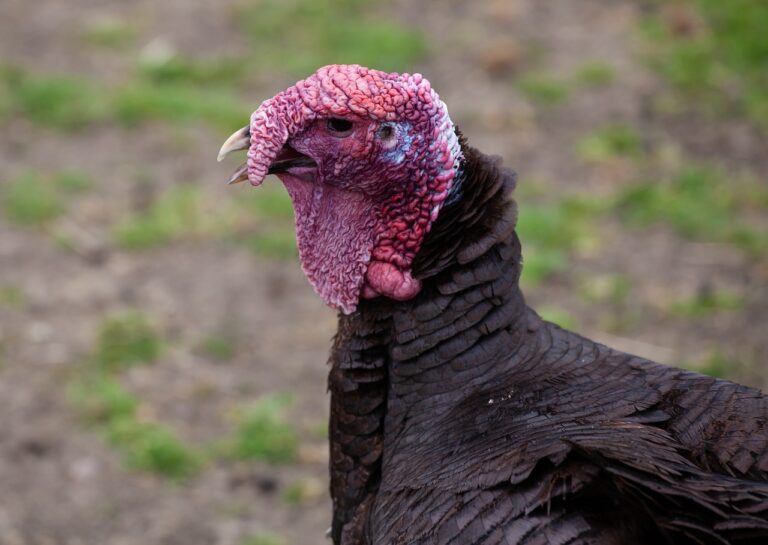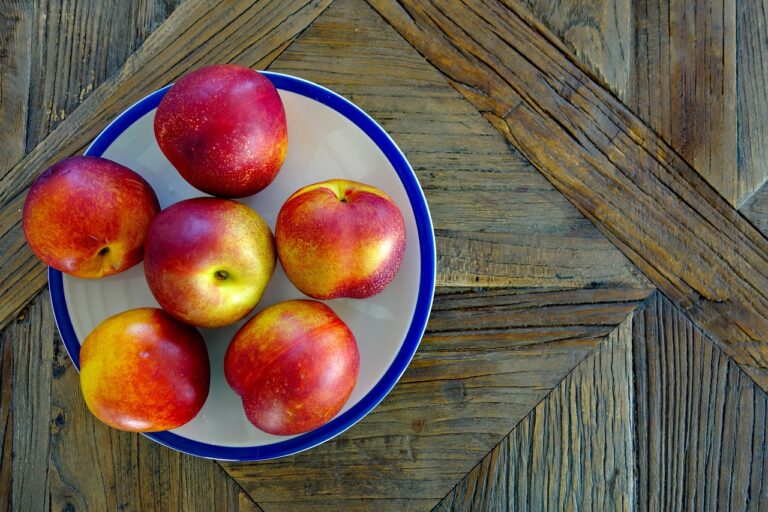The Science of Food Preservation: From Salt-Curing to Pickling
Food preservation is a practice that dates back to ancient times when people used techniques like drying, smoking, and fermenting to extend the shelf life of their food. In earlier civilizations, food preservation was crucial for survival during harsh seasons or long journeys, and it played a significant role in shaping culinary traditions across different cultures.
The preservation of food through various methods continued to evolve over the centuries, with advancements in technology and scientific understanding further enhancing preservation techniques. The development of canning in the 19th century, for instance, revolutionized the way food could be stored and transported, leading to a significant decrease in spoilage and food waste.
The Role of Salt in Food Preservation
Salt has played a crucial role in food preservation for centuries. Its ability to draw out moisture from foods creates an inhospitable environment for bacteria, slowing down the process of spoilage. This process, known as osmosis, helps extend the shelf life of various food products, ranging from meats to vegetables.
In addition to its moisture-absorbing properties, salt also enhances flavors in preserved foods. By effectively inhibiting the growth of microorganisms that cause spoilage, salt not only extends the shelf life of perishable items but also helps in developing unique and intensified flavors. The use of salt in food preservation has been a fundamental method adopted by various cultures worldwide, showcasing its significance in culinary practices throughout history.
The Science Behind Curing Meats
When it comes to curing meats, one of the key processes involved is osmosis. Osmosis is the movement of salt and water molecules across a semi-permeable membrane. In meat curing, salt draws out moisture from the meat through osmosis, which helps to inhibit the growth of bacteria and microorganisms.
Another important aspect of curing meats is the use of nitrates and nitrites. These compounds play a crucial role in preventing the growth of harmful bacteria like Clostridium botulinum, which can cause botulism. Nitrates and nitrites also contribute to the characteristic pink color and distinct flavor of cured meats. When nitrates and nitrites are added to meat during the curing process, they break down into nitric oxide, which helps to preserve the meat and enhance its texture and flavor.
What is the history of food preservation techniques?
Food preservation techniques have been used for centuries to prevent spoilage and extend the shelf life of food. Methods such as drying, salting, smoking, and curing have been used by various cultures around the world.
What is the role of salt in food preservation?
Salt plays a crucial role in food preservation by inhibiting the growth of bacteria, yeast, and mold. It helps to draw out moisture from the food, making it less hospitable to microorganisms that cause spoilage.
What is the science behind curing meats?
Curing meats involves the process of adding salt, sugar, and other seasonings to meat to preserve it and enhance its flavor. The salt helps to draw out moisture while the sugar balances the saltiness and adds a hint of sweetness. The curing process also involves the use of nitrites/nitrates, which help to prevent the growth of harmful bacteria such as Clostridium botulinum.







